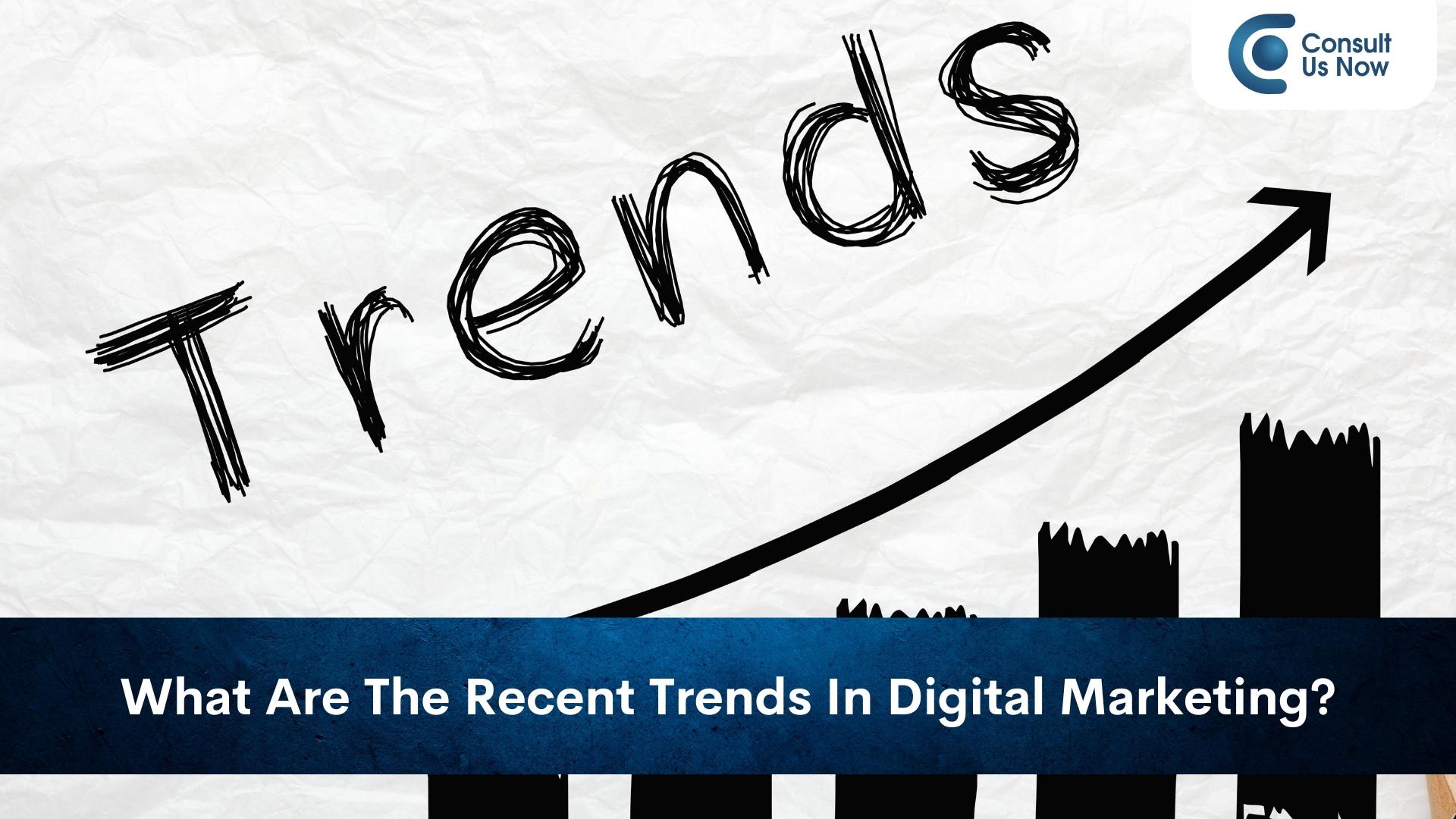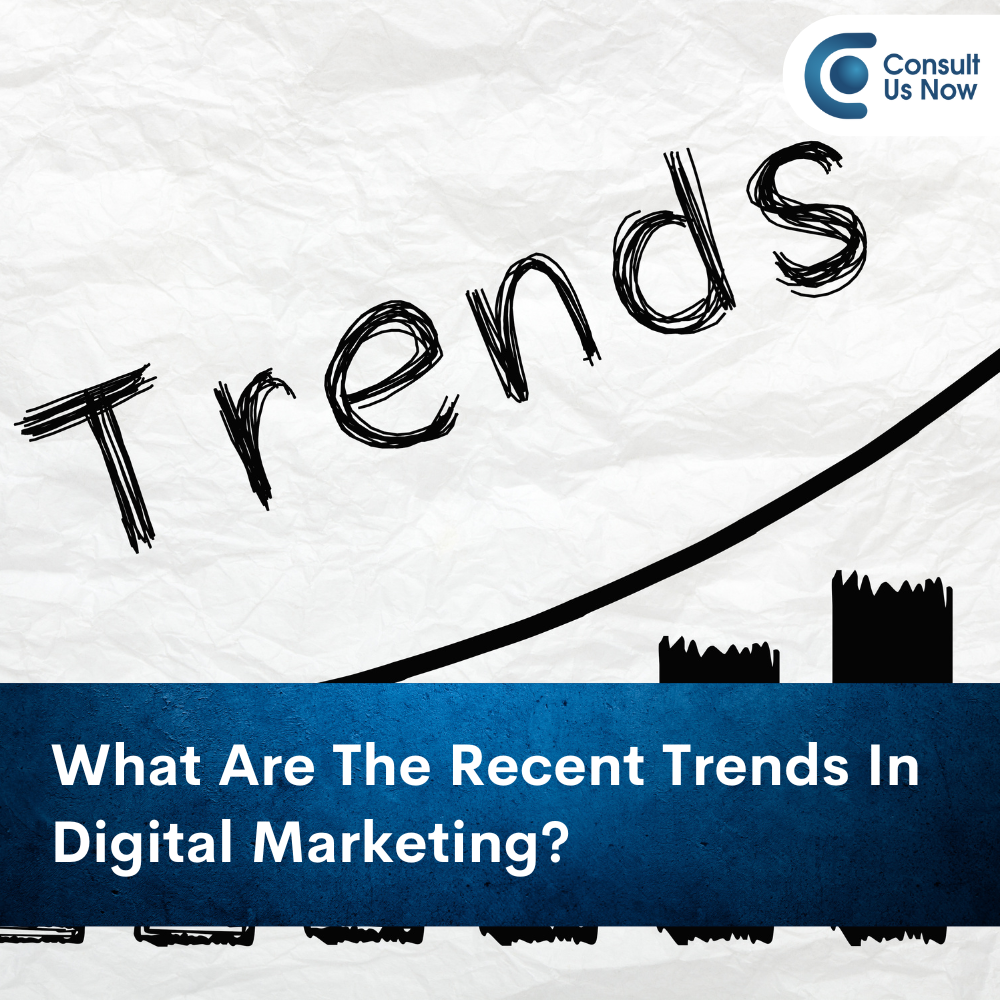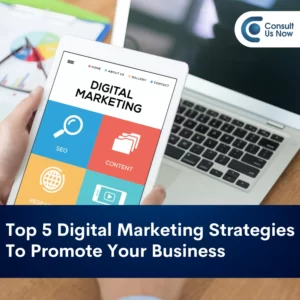
What Are The Recent Trends In Digital Marketing?
Introduction
Personalization at Scale
One of the most significant trends driving digital marketing today is the emphasis on personalization at scale. In an era where consumers are inundated with marketing messages from all angles, the ability to deliver tailored experiences that resonate with individual preferences and needs has never been more critical. Advances in data analytics, artificial intelligence (AI), and machine learning have empowered marketers to harness vast amounts of data to create highly personalized marketing campaigns.
Personalization spans across various touchpoints, including email marketing, website content, product recommendations, and advertising. By leveraging data insights, marketers can segment their audience effectively and deliver targeted messaging that speaks directly to the interests and behaviors of individual consumers. For example, e-commerce platforms utilize algorithms to recommend products based on past purchases, browsing history, and demographic information, creating a more personalized shopping experience for users.
Moreover, AI-powered chatbots and virtual assistants can engage with customers in real-time, providing personalized assistance and recommendations based on their inquiries and preferences. By integrating personalization into every stage of the customer journey, businesses can deepen customer relationships, drive engagement, and ultimately, improve conversion rates.
Artificial Intelligence and Machine Learning
Artificial intelligence (AI) and machine learning have emerged as game-changers in the field of digital marketing, revolutionizing how brands analyze data, automate processes, and optimize campaigns. AI algorithms can shift through vast amounts of data to identify patterns, trends, and correlations that human analysts might overlook. This enables marketers to gain deeper insights into consumer behavior, predict future trends, and make data-driven decisions with precision.
Machine learning algorithms power a wide range of marketing applications, from predictive analytics and customer segmentation to content personalization and campaign optimization. For instance, predictive analytics can forecast customer lifetime value, identify high-value segments, and predict churn probabilities, enabling marketers to allocate resources more effectively and tailor their strategies to maximize ROI.
In addition, AI-driven tools can automate repetitive tasks, such as email segmentation, A/B testing, and ad optimization, freeing up marketers to focus on more strategic initiatives. Chatbots, powered by natural language processing (NLP) algorithms, can engage with customers in real-time, answer inquiries, and even recommend products based on contextual understanding.
As AI and machine learning technologies continue to evolve, marketers must embrace these innovations to gain a competitive edge in an increasingly data-driven landscape.
To learn more about artificial intelligence, read on How To Use AI in Digital Marketing?
Video Content Dominance
Video content has emerged as the king of digital marketing, captivating audiences across various platforms and devices. With the rise of short-form video platforms like Instagram Reels, consumers’ appetite for bite-sized, visually engaging content shows no signs of slowing down. Video content offers a powerful medium for storytelling, product demonstrations, and brand building, allowing marketers to convey messages in a dynamic and immersive format.
Live streaming has also gained traction as a popular means of engaging with audiences in real-time. Whether it’s hosting live Q&A sessions, behind-the-scenes tours, or product launches, live streaming offers an authentic and interactive way for brands to connect with their audience and foster community engagement.
Moreover, the integration of video across social media platforms, websites, and email marketing campaigns provides marketers with ample opportunities to showcase their products and services creatively. By incorporating video into their digital strategy, businesses can increase brand awareness, drive website traffic, and boost conversion rates. You can reach out to the best digital marketing agency in Chennai to use video content in your business.
Social Commerce
Social media platforms have evolved beyond mere communication tools into full-fledged marketplaces where consumers discover, research, and purchase products seamlessly. The rise of social commerce represents a paradigm shift in how brands engage with their audience and drive sales online. With features such as shoppable posts, storefronts, and in-app checkout, social media platforms have become integral to the e-commerce ecosystem.
Platforms like Instagram, Facebook, and Pinterest have rolled out various e-commerce features, allowing users to shop directly within the app without ever leaving the platform. Influencers play a crucial role in driving sales through social commerce, as their recommendations and endorsements can influence purchasing decisions among their followers.
Moreover, social commerce enables brands to leverage user-generated content (UGC) and social proof to enhance their credibility and trustworthiness. By showcasing customer reviews, testimonials, and user-generated photos, brands can build social proof and encourage conversions.
As social commerce continues to gain momentum, businesses must adapt their digital marketing strategies to capitalize on this trend effectively.
Voice Search Optimization
The proliferation of voice-activated devices and virtual assistants has ushered in a new era of search behavior, with more consumers using voice commands to perform tasks and seek information online. Voice search optimization has therefore become a critical aspect of digital marketing, requiring businesses to optimize their content and SEO strategies to accommodate natural language queries.
Voice search presents unique challenges for marketers, as it differs significantly from traditional text-based search. Voice queries tend to be more conversational and contextually rich, requiring content creators to focus on long-tail keywords, question-based queries, and local search optimization.
Moreover, voice search often yields one definitive answer, known as the “position zero” or featured snippet, making it essential for businesses to optimize their content to appear in these prime positions. Structured data markup, FAQ pages, and concise answers are key strategies for increasing the likelihood of appearing in featured snippets.
As voice-activated devices continue to proliferate, marketers must prioritize voice search optimization to ensure that their content remains discoverable and relevant in a voice-first world. Getting assistance from the best SEO company in Chennai will help businesses to know more about voice search optimization.
Privacy and Data Protection
In an era of heightened privacy concerns and regulatory scrutiny, data protection has become a top priority for businesses engaging in digital marketing. Consumers are increasingly wary of sharing their personal information online, making it imperative for businesses to prioritize transparency, consent, and data security in their marketing practices.
Moreover, the growing emphasis on privacy has implications for targeted advertising, as third-party cookies and tracking technologies come under scrutiny. Marketers must explore alternative methods of audience targeting, such as first-party data, contextual targeting, and cohort-based advertising, to ensure compliance with privacy regulations while still delivering personalized experiences.
By adopting privacy-centric approaches to marketing, businesses can build trust and credibility with their audience while mitigating the risk of regulatory compliance issues.
Augmented Reality (AR) and Virtual Reality (VR)
AR and VR technologies are transforming the way consumers interact with brands, offering immersive and interactive experiences that blur the lines between the physical and digital worlds. 42% of companies are planning to spend more money on strategies involving Augmented Reality (AR) and Virtual Reality (VR). From virtual try-on experiences to interactive product demonstrations, AR and VR are revolutionizing the way consumers discover and engage with products and services.
Marketers are incorporating AR and VR into their campaigns to create memorable brand experiences, drive engagement, and differentiate themselves from competitors. These technologies hold immense potential for industries ranging from retail and fashion to real estate and tourism, offering endless possibilities for creative marketing initiatives.
Influencer Marketing Evolution
Influencer marketing has become a staple of digital marketing strategies, enabling brands to reach and engage with their target audience authentically. However, the landscape of influencer marketing is continually evolving, with shifts in consumer preferences and the emergence of new influencer archetypes.
While macro-influencers with large followings were once the norm, marketers are increasingly turning to micro-influencers with smaller but highly engaged audiences. Micro-influencers often have niche expertise and a loyal fan base, making them more effective at driving conversions and fostering genuine connections with their followers.
Moreover, the rise of virtual influencers, powered by CGI and AI technology, is blurring the lines between reality and fiction in influencer marketing. Virtual influencers offer brands a novel way to create captivating storytelling experiences and engage with audiences in virtual worlds.
As influencer marketing continues to evolve, brands must focus on building genuine relationships with influencers and aligning their campaigns with the values and interests of their target audience.
Conclusion
In conclusion, the trends shaping the digital marketing landscape in 2024 reflect a dynamic and ever-evolving ecosystem driven by technological innovation, changing consumer behaviors, and regulatory developments. From personalization at scale and artificial intelligence to video content dominance and social commerce, businesses must adapt their strategies to stay ahead of the curve and meet the evolving needs of their audience.
By embracing these trends and leveraging emerging technologies, marketers can create more personalized, engaging, and impactful experiences that drive growth and foster long-term customer relationships. However, success in digital marketing requires more than just following the latest trends; it demands a mindset of continuous innovation, adaptation, and customer-centricity.
As we navigate the currents of digital marketing, one thing remains clear: the only constant is change, and those who embrace it will thrive in the digital age.




